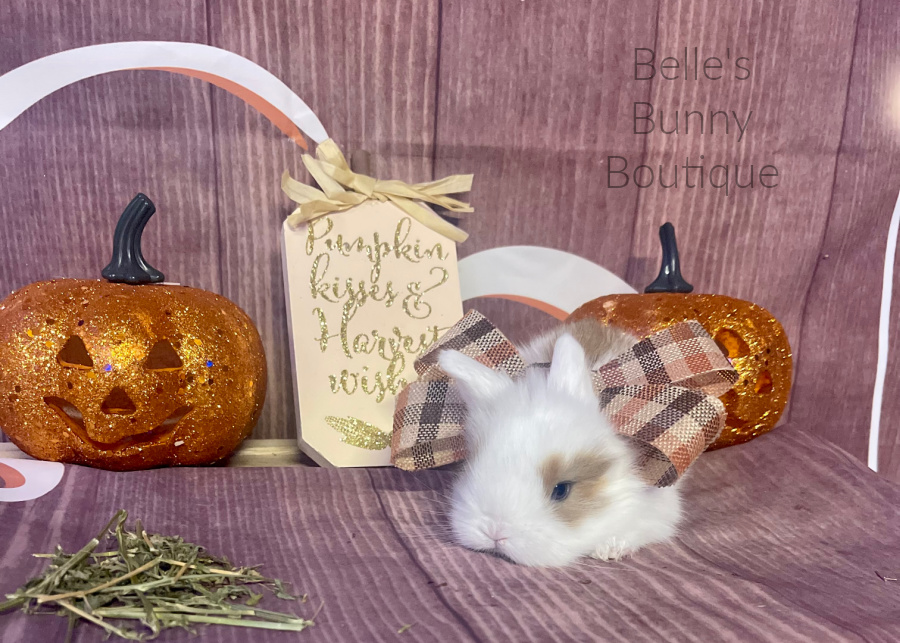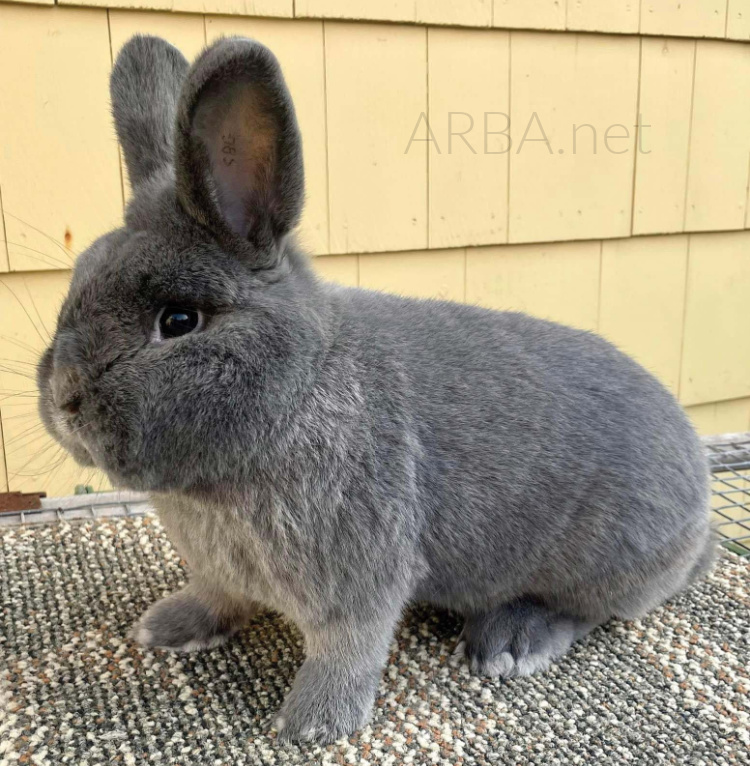What to do if a rabbit's nose is only a little damp?
by Tami
(USA)
I'm not sure what to do about one of my rabbits. I was working with her to prepare for a show, and noticed she had matting on her left paw on Friday. She is in isolation. Saturday she had slight clear nasal discharge, and slight matting. Sunday, dry nose but a little matting on front paws. No white snot ever. Otherwise, appears in excellent condition and health.
No evidence of matting or problems with my other five rabbits.
Our local vet does not do testing for bordatella/pasteurella, and her symptoms are so slight, I am not sure what to do. Watch and wait?
With my chickens, I isolate and watch a little, and cull quickly if they are not completely healthy very soon. This is one of only two rare breed does that i have at this time. This doe comes from a breeder with excellent standards and frequent culling practices.
I like what I read here about your management practices. I've only had rabbits since May, so I am not experienced enough to know if this is serious.
My plan is to scratch her from the show, watch her in isolation (check paws/nose daily) for a week, and if she is worse cull immediately, or if she is the same, consider keeping in isolation and using for a couple of breedings. Does this sound appropriate?
(By the way, the isolation cage is attached to the single pvc frame made from the directions on this site. Thanks!!)
As a new rabbit person, I find your site very helpful. Thanks for your time!
Comments for What to do if a rabbit's nose is only a little damp?
|
||
|
||
|
||
|
Click here to add your own comments Join in and write your own page! It's easy to do. How? Simply click here to return to Comments. |
Double-Value Guarantee
Our policy is to always OVER-deliver
on value,
which is why your purchase is fully covered by our
Double-Value
Guarantee.
Go ahead - take any of our e-books for a test drive. Peruse our detailed informational and educational e-books. Examine our plans for building rabbit cages, runs, or metal or PVC hutch frames. Check out the Rabbit Husbandry info e-books.
If you aren't completely satisfied that your e-book purchase is worth at least double, triple or even quadruple the price you paid, just drop us a note within 45 days, and we'll refund you the entire cost. That's our Double-Value Guarantee.
Note: When you purchase your
e-books, they will be in PDF format, so you can download them to any device that
supports PDF format. We advise making a back-up copy to a drive or cloud
account. If the books are lost, you can also purchase another copy from Raising-Rabbits.










